I-90 Bridge

Lacey V. Murrow Memorial Bridge
The Lacey V. Murrow Memorial Bridge was first built in 1940, and opened to public transportation on July 2nd. Constructed by Horace Winslow McCurdy’s, Puget Sound Bridge and Dredging, the bridge was an engineering wonder.
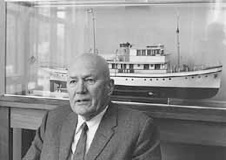
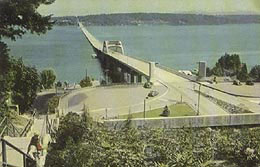
Designed by Homer Hadley it was originally opened as a toll bridge carrying more than 5,000 people per day.
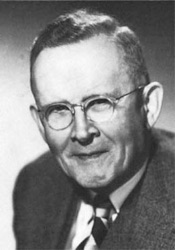
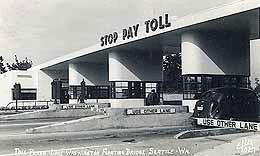
Homer first proposed building a floating bridge across Lake Washington in 1920, while working as an engineer in the architectural office of the Seattle School District. His proposal stirred up a lot of skepticism among the American Society of Civil Engineers at a meeting in 1921. Hoping to fund the project on private funds and tolls, Homer’s idea was soon nicknamed “Hadley’s Folly” and the idea was forgotten.
In 1937, Homer, not giving up on his idea, went to the Director of Highways for the Washington Transportation Dept., Lacey V. Murrow. After careful study, Murrow thought the idea was feasible.
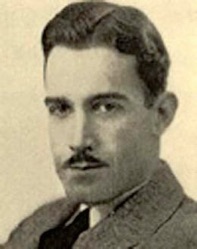
Using federal money that came available to the states during the Great Depression, the Lake Washington Floating Bridge (or Mercer Island Floating Bridge) construction was underway in December 1938.
Promising Hadley he would get proper recognition for the bridge after it was built; Murrow told Hadley to take a back seat to avoid flack because of his association with the concrete industry (Portland Cement Association). Homer Hadley didn’t get that recognition promised to him.
At 6,620 feet long (the pontoon section only), the bridge was the worlds largest floating structure at the time.
The bridge was a booming success, and in 1946 the toll booths were removed and the number of people using the bridge skyrocketed.
Lacey V. Murrow left office shortly after the bridge opened in 1940. Years later, and suffering from lung cancer, Lacey V. Murrow shot himself to death on December 16, 1966.
In honor of his work as the state’s highway director, the bridge was renamed the Lacey V. Murrow Memorial Bridge in 1967.
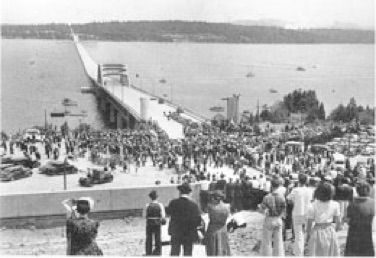
In 1981, the Washington State Department of Highways contracted General Construction to replace the “bulge” in the bridge with straight pontoons. The bulge required vehicles to swerve twice around polished steel joints, in addition to following confusing “reversible lane systems” which resulted in several serious collisions.
Some years later, the bridge was in need of some intensive repairs. In 1989 a twin span was added (A campaign was launched by Seattle's Mortar Board Alumni University of Washington to name it after Homer Hadley; the campaign was unanimously approved by the state legislature), the bridge would also include a breakdown lane on each side of the one-way traffic spans. It was time for a face-lift for the old bridge. Contracted for the $30 million dollar job was a company called Traylor Brothers Inc.
On Sunday November 25, 1990, state engineers and workers from Traylor Bros. arrived at work to find sections of the bridge deck almost at water level. Day’s prior, Seattle suffered from intense wind and rain storms, and on Saturday night the pontoons were checked and reported to be dry. But on Sunday morning Traylor Bros. employees scrambled with pumps to try and pump out the waterlogged pontoons to save the sections.
It was reported that hatchways cut into the pontoons to facilitate the work being done, were left open allowing water to enter. Tugboats were also called to help rein in the drifting breakage and prevent even more damage from the free floating sections.
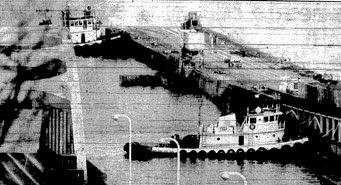
At 9:25 am workers started driving off the doomed bridge while onlookers from the press and surrounding communities watched first hand. Eight sections of the Lacey V. Murrow Bridge slowly sank into Lake Washington. Equipment, including a large crane, also plunged into the murky depths.
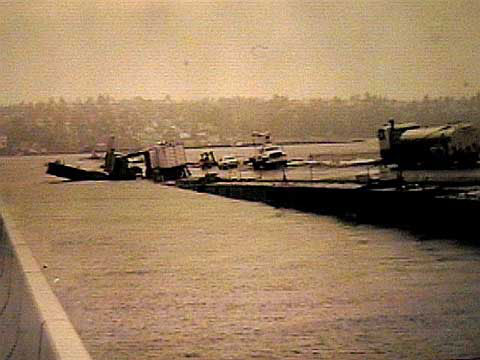
With this incident destroying any projection date for completion, the already frustrated commuters were then informed they couldn’t use the other span (which they had been using as a two-lane road while renovations were going on) because cables had been damaged by the break up of the Lacey V. They took it in stride though, renaming the fallen bridge names like, Drowning Doris, the U.S.S. Murrow, and the Sub-Mercer-ble Island Bridge.
June of 1991, WSDOT filed a $69 million dollar lawsuit against Traylor Brothers Inc. Traylor Bros. defense was that there was considerable cracking due to bond slipping in the concrete, and that was what caused the slow filling of the pontoons.
In August of 1993 the dispute was resolved through a mediated settlement and Traylor agreed to pay the state $20 million.
In 1993 General Construction built the new $88 million replacement Lacey V. Murrow Floating Bridge, and on September 12, 1993 the bridge reopened to traffic.
Horace McCurdy Courtesy PS Maritime
Historical Society
Homer Hadley Courtesy PSMHS
Lacey V. Murrow
Dedication
Ceremony
Photo Courtesy
General Construction
Photo Courtesy Tradnor
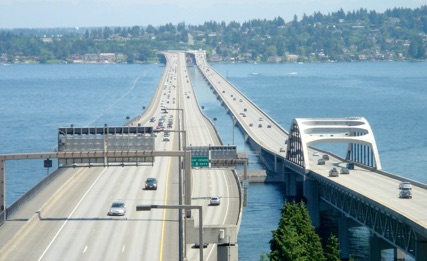
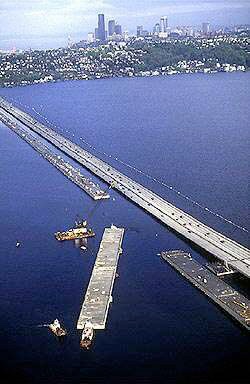



-
-Home
New video of a deeper pontoon!!
Video By Ben Griner of the shallow pontoon.
